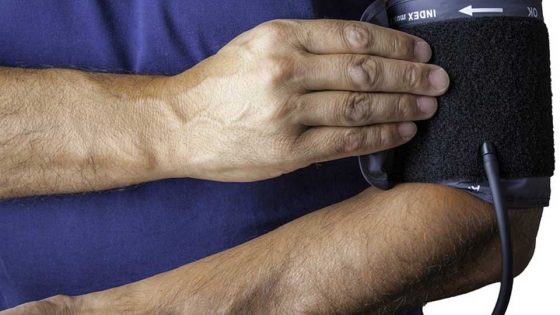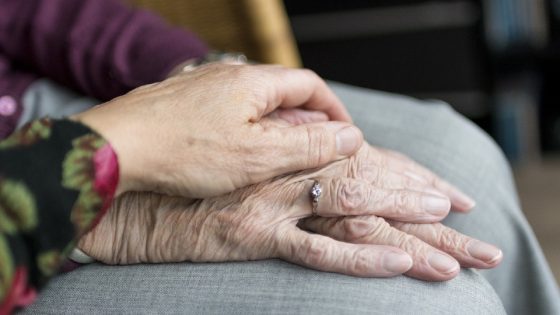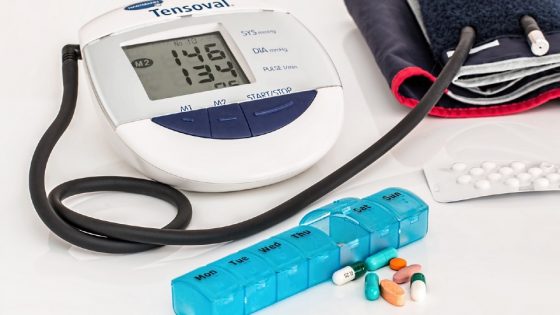As the NHS gears up for the burden likely to be placed on already stretched resources by Coronavirus, attention is turning once again to the excessive number of elderly patients in hospitals. Not only are they blocking much needed beds, but they are also the primary at risk group: how can they be protected from exposure to the virus?
The truth is that many of these elderly individuals should not be in hospitals. They could and should be at home – with the right care, they would be happier and healthier. Instead they are either moved to a step down ward or discharged to low quality residential care, leading to poor outcomes and a high risk of rapid readmission. Elderly individuals should not be subject to this revolving door of hospital admissions – it is a model that is both financially and morally flawed.
A tailored live-in care package enables elderly patients to be discharged sooner to their own homes, where they can recover in familiar surroundings and are far less likely to be readmitted. With Coronavirus prompting long overdue reconsideration of elderly care, Peter Seldon, CEO Consultus Care insists, isn’t it time for live-in care to be the default NHS discharge strategy?
Long Overdue Action
This current healthcare emergency may be accelerating decision making but NHS policy makers have known for years that bed blocking by elderly patients in general hospital wards is compromising the NHS. In addition to costing the NHS £640,000 every day, leaving patients in hospital long term reduces their wellbeing, often leading to complications and decline.
It is well known that if elderly people in hospital are able to return to their own homes, their wellbeing is dramatically improved. The live-in care model is well established. With a professional, qualified carer living in their client’s home 24/7, they are back in familiar surroundings with all the benefits dedicated, one to one care. In addition to home cooked food – an elderly person can receive visits from friends and relatives at any time of day. They can be reunited with much loved pets, a fact that is proven to improve wellbeing.
Plus, of course, trained carers will spot any potential health issues – such as Urinary Tract Infections – and enable the early interventions that are key to reducing the risk of emergency hospital admission. By sending patients home to a live-in carer, NHS Trusts can not only ensure bed places released for urgent cases but with these elderly individuals far less likely to require readmission, there is an ongoing improvement in bed availability.
Flawed Discharge Model
No one is underestimating the huge challenge faced by highly pressurised NHS Discharge Teams. Discharge too early, and an elderly patient could be readmitted – with the NHS Trust incurring a penalty if that occurs within 30 days under the non-payment for performance (NP4P) policy.
Fail to discharge, and the bed blocking crisis escalates. The default position for most NHS Trusts is to discharge an elderly patient to a residential or nursing home – or to simply move them to a step-down ward within the hospital. Arrangements with low cost residential care homes may appear to be a solution to bed blocking but far too often, elderly patients are released too soon, to under-funded care homes unsuitable for their recovery. The result can be further decline and a rapid readmission to the hospital.
Having undertaken due diligence on a handful of low cost residential care providers, the discharge pathway appears clear. But it isn’t working. It is creating an additional and unnecessary financial burden for the NHS; resulting in a miserable and unacceptable quality of experience for any elderly individual.
Happy at Home
The best place for the elderly is at home. The outcomes are better; the costs are lower. With live-in care at home people are happier. According to research, 39% of those in residential care and over half (53.3%) in nursing homes never leave their home. This compares to just one in seven (14%) of those with live-in care.
The figures are even more stark when considering the day to day activities that people enjoy: 97% of those with live-in care do at least some of the things they value and enjoy, despite many being sick, frail and close to the end of life. In contrast one in eight (11%) in nursing homes say they don’t do anything they value or enjoy with their time. In addition to being happier, those at home are safer and less likely to experience the ‘older age’ incidents that are an inevitable part of ageing.
So how can hard pressed NHS Discharge Teams confidently discharge an elderly individual back to their own home? While there may be a perception that there is simply not enough time to undertake the required due diligence for each individual, regulated live-in care providers will work with patients while they are still in hospital to undertake a rigorous care needs assessment. Comprehensive discharge support includes liaising with health care professionals and meeting the patient and family in hospital. It includes undertaking a risk assessment at an elderly person’s home and then producing a tailored health care plan. With live-in care providers requiring an estimated advance notice for managed live-in care service of no more than three to five working days and no more than 48 hours for live-in nursing, the entire discharge process can be rapidly escalated.
Conclusion
There are now 12 million people aged 65 or over in the UK – the primary at risk group for Coronavirus. Of course, many of the elderly individuals in hospital still require treatment and continuous nursing care – but according to figures uncovered by an independent review: nearly one in ten beds is taken by someone medically fit to be released.
As the national health crisis escalates, NHS thinking regarding elderly patient discharge has to change fast. This no longer just a case about bed blocking and unnecessary cost; it is about inadequate discharge processes potentially putting lives at risk. Elderly individuals will be safer at home – and the onus is on the NHS to make that happen sooner rather than later.






Leave a Reply